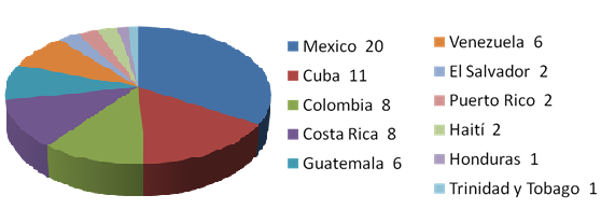Skip to main content

IOC HAB PROGRAMME
Every coastal country in the world is potentially affected by harmful blooms of microscopic algae, also called phytoplankton. These blooms can kill marine life and even cause death in humans. The Harmful Algal Bloom (HAB) Programme of the IOC helps Member States develop the research and management capacity needed to understand the causes of these blooms, predict their occurrences, and mitigate their effects. IOC provides training and capacity development in species identification, toxicity testing, and monitoring and management strategies.
ANCA (ALGAS NOCIVAS DEL CARIBE) is a network of the IOCARIBE HAB programme
Main objective:
Improve the understanding of harmful algal blooms in the Caribbean region and adjacent areas and our ability to cope with its impacts.
Specific objectives:
-
Collect and analyze information that allows making decisions related to HABs in the Caribbean region.
-
Identify and characterize the microalgae responsible for the intoxications (PSP, DSP, ASP, NSP, Ciguatera), as well as the toxins vector species in the Caribbean and adjacent areas.
-
Train HAB researchers for the region, taking advantage of the existing knowledge in the Caribbean and the international cooperation.
Origin of ANCA (1996):
Initiative of Cuban researchers due to the problems of marine poisoning and death of people in the Caribbean countries.
Year
|
Country
|
No. Intoxicated
|
No. Deaths
|
|---|
1977
|
Venezuela
|
257
|
10
|
1979
|
México
|
?
|
3
|
1987
|
Guatemala
|
187
|
26
|
1987
|
México
|
99
|
3
|
1994 - 1997
|
Cuba
|
1144
|
10
|
Key factor:
Between 1996 and 2012 67 researchers from the Caribbean region benefited from IOC training courses (in Vigo and Copenhagen) on taxonomy and biotoxins determination.

HARMFUL ALGAL BLOOMS (HAB) COURSE - VIRTUAL REALITY





